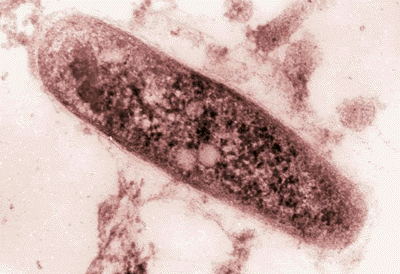Main Page


The growth of Los Angeles’ economy and population in the early twentieth century were largely owed to an aggressive advertising campaign led by the city’s civic and business elites. These boosters showcased the city’s natural beauty, its moderate climate and its fertile soil, casting Los Angeles as a modern metropolis where dirty, overcrowded slums where replaced by sun-soaked single-family homes. They also emphasized the therapeutic effects of the city’s climate, offering stories of thousands of residents whose ailments had been cured in the “balmy skies” of Southern California. Their efforts attracted over 500,000 new residents to the city between 1890 and 1920, including over 50,000 Jews. But rather than drawing masses of young, able-bodied workers, the boosters also attracted thousands of new residents suffering from the “white plague” (tuberculosis) and other chronic lung diseases, migrants whom Los Angeles’ business leaders and civic elites found less desirable. Because medical professionals lacked treatment for tuberculosis until the advent of antibiotics in 1946, they often sent their patients to seek relief in the warm, dry climates of the West, and by some estimates as many as one quarter of the city’s new arrivals had come to Southern California to get well in the health resorts, spas and hospitals of the “sanitarium belt.” Upon arriving in Los Angeles, these “tuberculars” often found it difficult to find housing, couldn’t work because of their illnesses, and were hopelessly dependent on local charities and relief programs.
This exhibit will showcase the ways that the Jewish community of Los Angeles responded to the increasing number of tuberculars who flooded the city in the early 20th century. It will highlight three institutions that were built to serve the needs of the sick - Kaspare Cohn Hospital (which later became Cedars of Lebanon Hospital), the Mt. Sinai Home for Incurables, and the Jewish Consumptive Relief Association’s Sanatorium in Duarte - tracing how these institutions grew into two of the city’s largest and most important health care centers in Los Angeles today, Cedars-Sinai and the City of Hope. It will examine the following questions: How did the contending interests of businessmen seeking to grow the state, public health advocates seeking to prevent the spread of the disease, and Jewish community leaders seeking to support their fellow Jews influence responses to the tuberculosis epidemic in Southern California? How did anxieties about race, class and immigration impact both public and private responses to the disease? How did rivalries and tensions within the Jewish community express themselves in the strategies of the institutions’ creators? How did scientific advancements in the treatment of the disease affect the hospitals’ growth and development? This exhibit will show that these institutions developed in the matrix of science and technology surrounding the treatment of tuberculosis, public health policy and social attitudes about disease and contagion.

Discussion of "Main Page"
Add your voice to this discussion.
Checking your signed in status ...